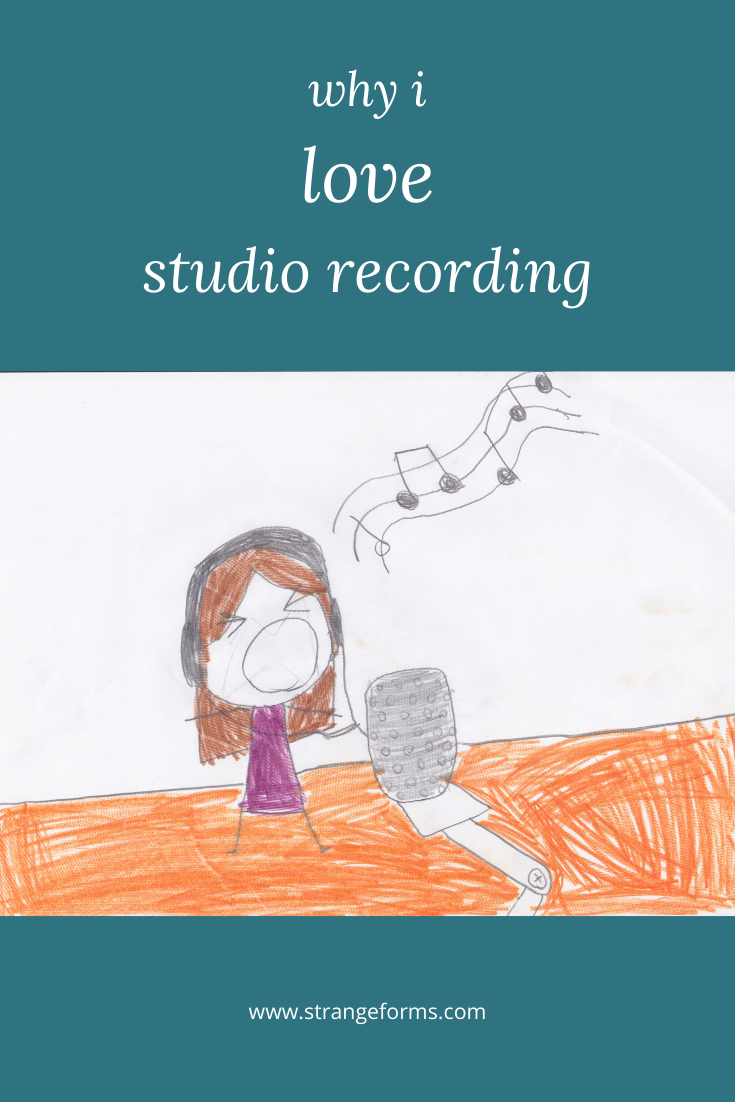Some time in the 1980s, when I was in my mid-teens, my father taped a documentary from the TV, on a VHS cassette (…remember those? If not, ask an old person), about the making of Leonard Bernstein’s studio recording of music from West Side Story.
Some big names were involved – Kiri Te Kanawa as Maria, José Carreras as Tony (singing like an angel and utterly failing to sound like a New Yorker), Tatiana Troyanos as Anita. Not to mention, of course, Leonard himself waggling the baton.
Over and over again
To this day, I confess, I’ve never seen West Side Story, but the documentary was spellbinding. My sister and I watched it and watched it and watched it.
It was partly about the music. (Given the slightest provocation, we would belt out all 763 verses of “Officer Krupke”, and I’ll never sing an augmented fourth without my brain going “Ma…RI-AAA!!!”.)
But for me at least, it was mainly about the process.
I found it completely fascinating to see what goes on behind the scenes – to watch professional musicians at work, taking such diligent care over each bar, each cadence, each note.
They’d play and play and play, over and over again, chasing technical excellence and that indefinable extra ingredient that turns music into magic. They worked until they got it as close to perfect as they could.
The sound engineers and producers in their booth would give feedback to the conductor at each stopping point, and slowly, slowly, they’d build up a patchwork of great takes to stitch together into the final version.
Scratching a different itch
Since that fascination took hold of me, I’ve participated in a fair few recordings as an amateur musician. Back in college I sang vocals for a couple of friends who had a kind of Irish trad-pop thing going on; later I sang backing on a couple of tracks for a professional album of theirs that had roots in those earlier projects. Many of the choirs I’ve sung with over the years have produced albums.
And I still feel the way I did in the 1980s: it is spellbinding.
The process is completely different from performance. When you perform, you go from one end of a piece to the other in a single beautiful leap, and as long as you’ve achieved a certain level of technical competence, the energy, the physical immediacy of the thing makes any minor imperfections irrelevant. (At least, that’s the hope.)
When you record, though, you have the time and the headspace to get much, much closer to the ideal. (Nope, you never get there. That’s what keeps you at it.)
And that means repetition, repetition, repetition. Yes, single-take recordings do happen, but the bread and butter of the recording experience is repetition.
And repetition.
And again.
You’d think you’d get bored witless, but somehow, you don’t. Working at this level of detail is profoundly satisfying. It has none of the rush of performance. The toes do not tingle, the hairs on the back of the neck do not stand on end. But it scratches a different itch, and it scratches it good.
All of which to say…
…that you should check out my choir’s latest albums!
In the past couple of years we’ve twice gone into the studio – in this case cunningly played by a beautiful church in leafy Clontarf – to record Irish choral music, first for a compilation called Under-Song, featuring pieces by an array of Irish composers, and then for a retrospective collection called To the Northeast, exploring and celebrating the choral works of John Buckley composed over four decades.
These were fabulous, immersive experiences, and thanks to the amazing technical and musical chops of the production team (because a great set of takes is only half the battle), the resulting albums are really something special.
If Irish choral music feels at all interesting to you, you’ll want to hear these.
